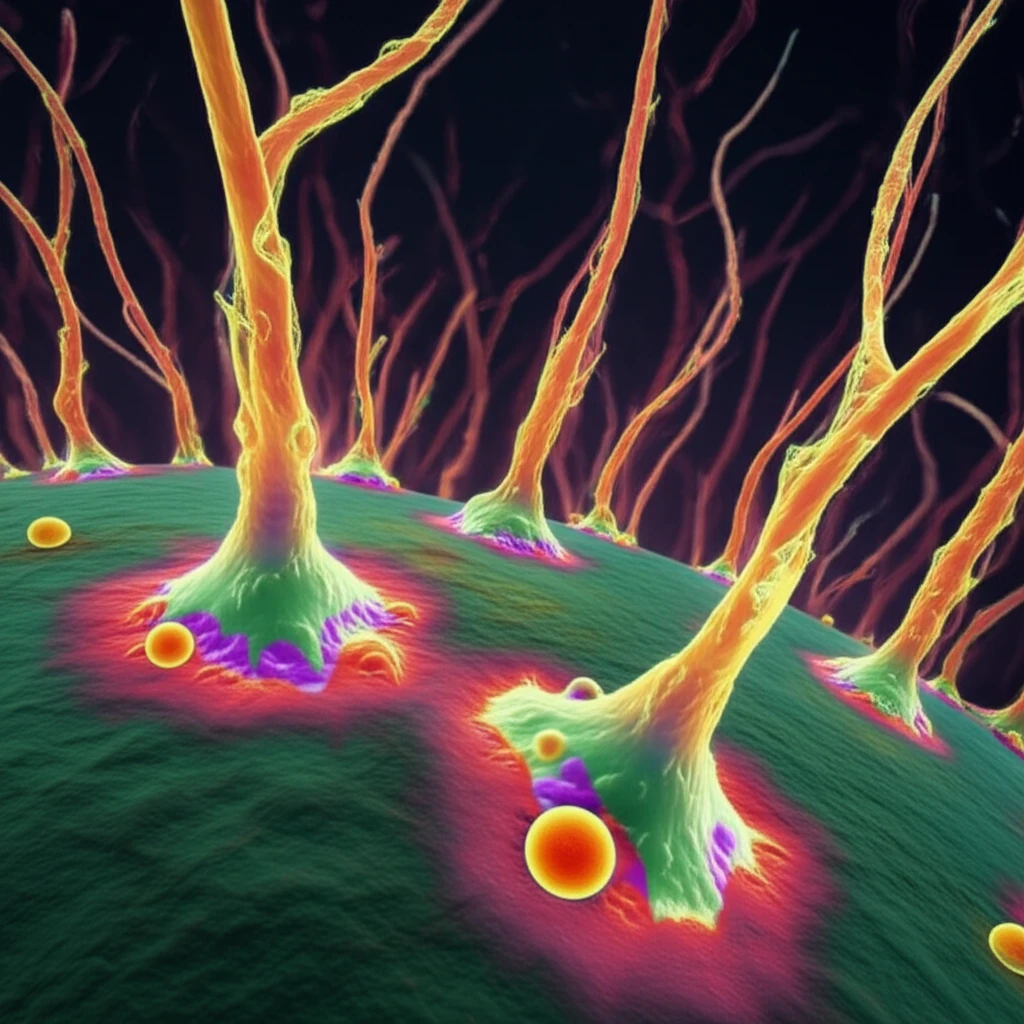
The Great Fungal Diet: How Mildew Survives by Bypassing Carbs
"Scientists Uncover How Powdery Mildew Thrives on Fats, Rewriting Rules of Fungal Nutrition"
Powdery mildew is a plant disease that causes devastating damage to plants. Obligate biotrophic fungal pathogens are responsible for this widespread condition, which involves intricate species-specific interactions between the host and the parasite.
Researchers have long sought to understand the mechanisms that allow these fungi to thrive, focusing on how they acquire nutrients from their hosts. Traditionally, it was believed that carbohydrates were the primary source of energy for these pathogens. However, new research is turning this understanding on its head.
A new study analyzing 15 microbial genomes, including various powdery and downy mildews and rusts, reveals a surprising adaptation: powdery mildews have undergone a massive contraction of genes related to carbohydrate metabolism while maintaining the integrity of their fatty acid metabolism pathways. This suggests that powdery mildews have evolved to rely more on lipids (fats) for survival.
The Carbohydrate Cutback: How Mildew Evolved to Eat Fats

The study reveals that powdery mildews exhibit a genome-wide reduction in multiple gene families, especially those involved in carbohydrate metabolism. When compared with other ascomycete phytopathogens, powdery mildews show a distinct lack of enzymes needed to break down and process carbohydrates.
- Contracted Carbohydrate Metabolism: Powdery mildews have fewer genes related to breaking down carbohydrates.
- Intact Fatty Acid Metabolism: The fungi maintain the genes necessary for processing fats.
- Comparative Genomics: Analysis of 15 microbial genomes reveals this unique adaptation in powdery mildews.
What This Means for the Future of Plant Disease Control
This discovery could pave the way for new strategies in plant disease control. By understanding how powdery mildews have adapted their metabolism, researchers can target these specific pathways to disrupt the fungus's ability to thrive. For example, treatments could be developed to interfere with lipid metabolism, effectively starving the fungus and preventing disease.
